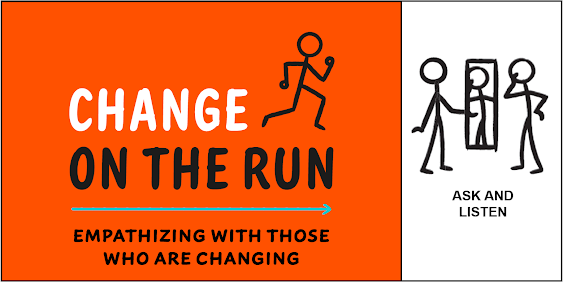DO THIS
Take control of the action.
BY DOING THIS
– Concisely summarize what’s going on.
– State your views on the best path forward.
– Suggest the next step or two to put that path into action.
Change projects are natural pressure cookers. Multiple teams, working on different activities with different timelines, often conflict over resources. Misunderstandings and frustrations happen. Anticipating these moments of tension is half the challenge of remaining calm through them.
The secret to keeping your cool is to control the action. It gives you strength and influence and puts you ahead of the crowd.
First, replay the facts of the situation—this will stop you (and others) from being drawn into the emotional drama of the moment. Next, recommend a solution. If others agree, suggest the next step to put the solution into action. If they don’t take your recommendation, facilitate a discussion around other options, summarizing where people are aligned and what they need to resolve.
KNOWLEDGE BITES
ROLE MODEL PROFILE: How will I physically convey calmness when under pressure?
SUCCESS TIP
Emulating a successful leader subconsciously gives you the strengths you associate with them.








